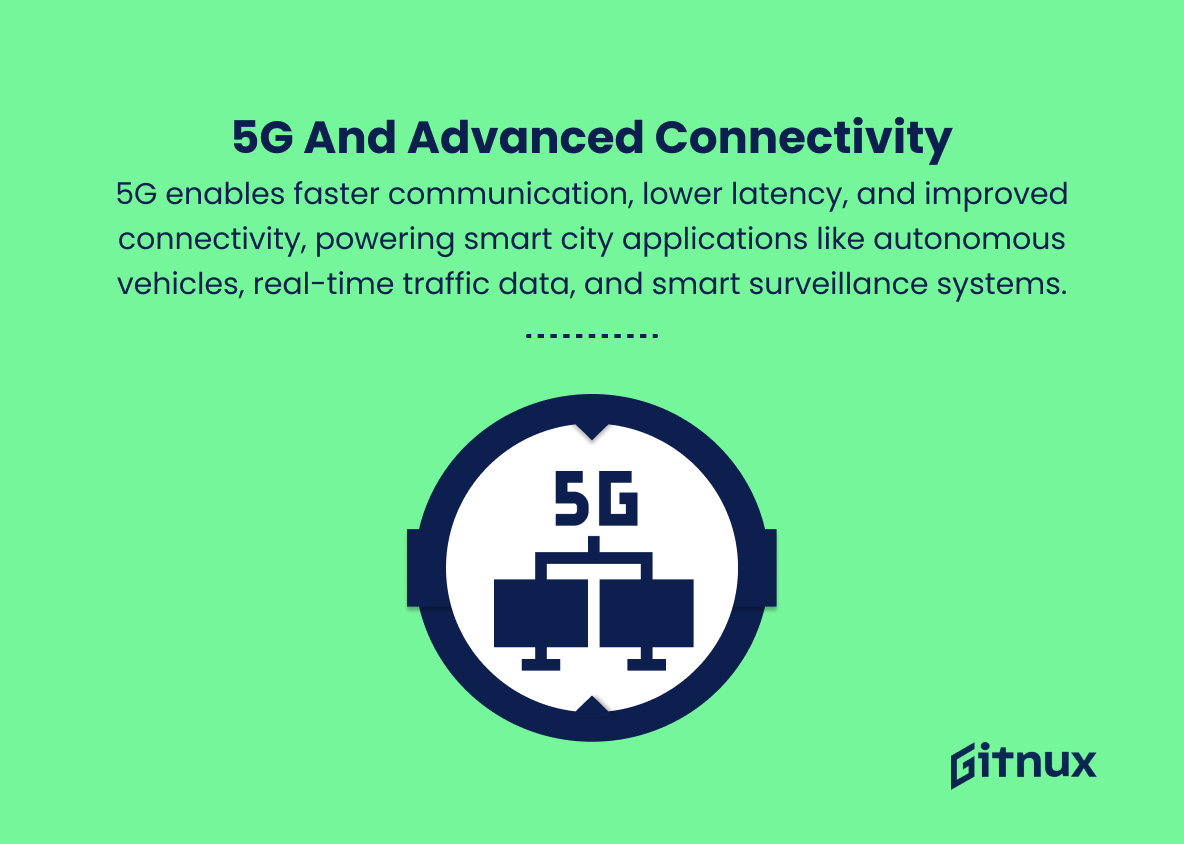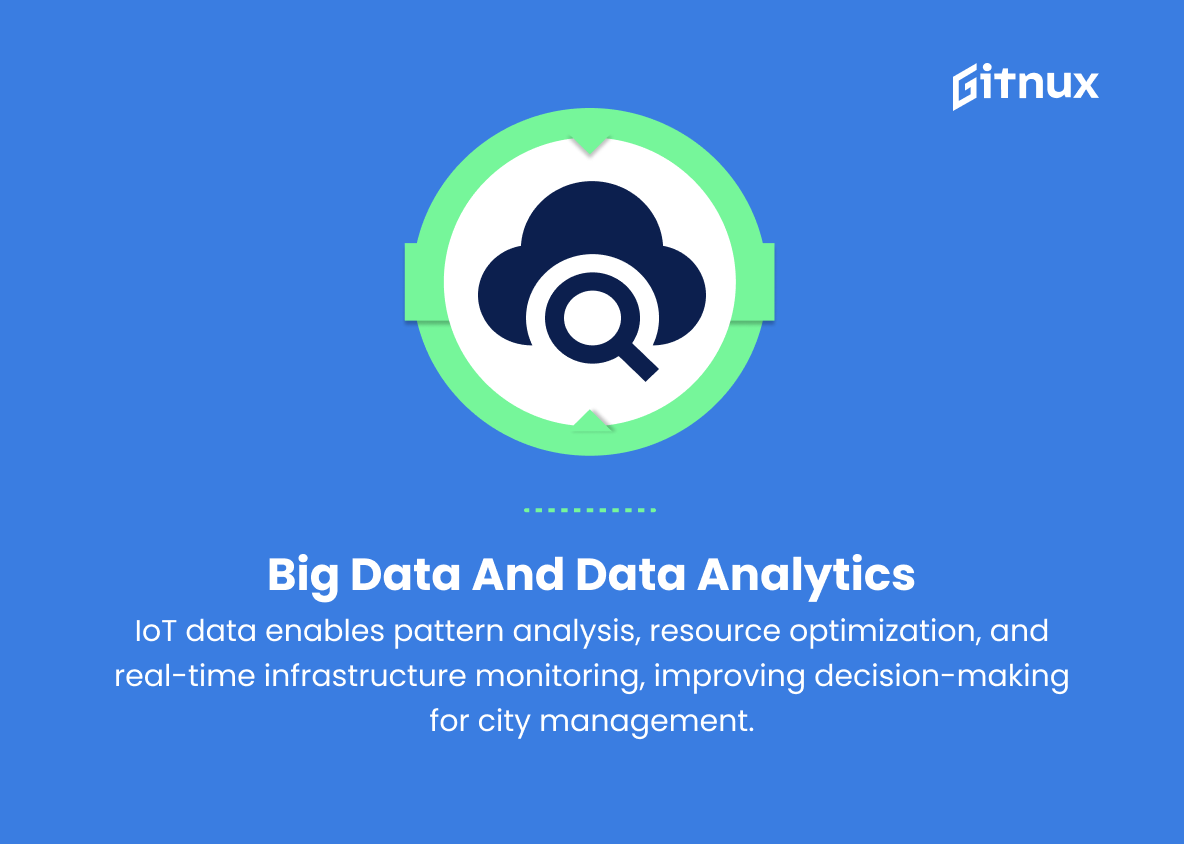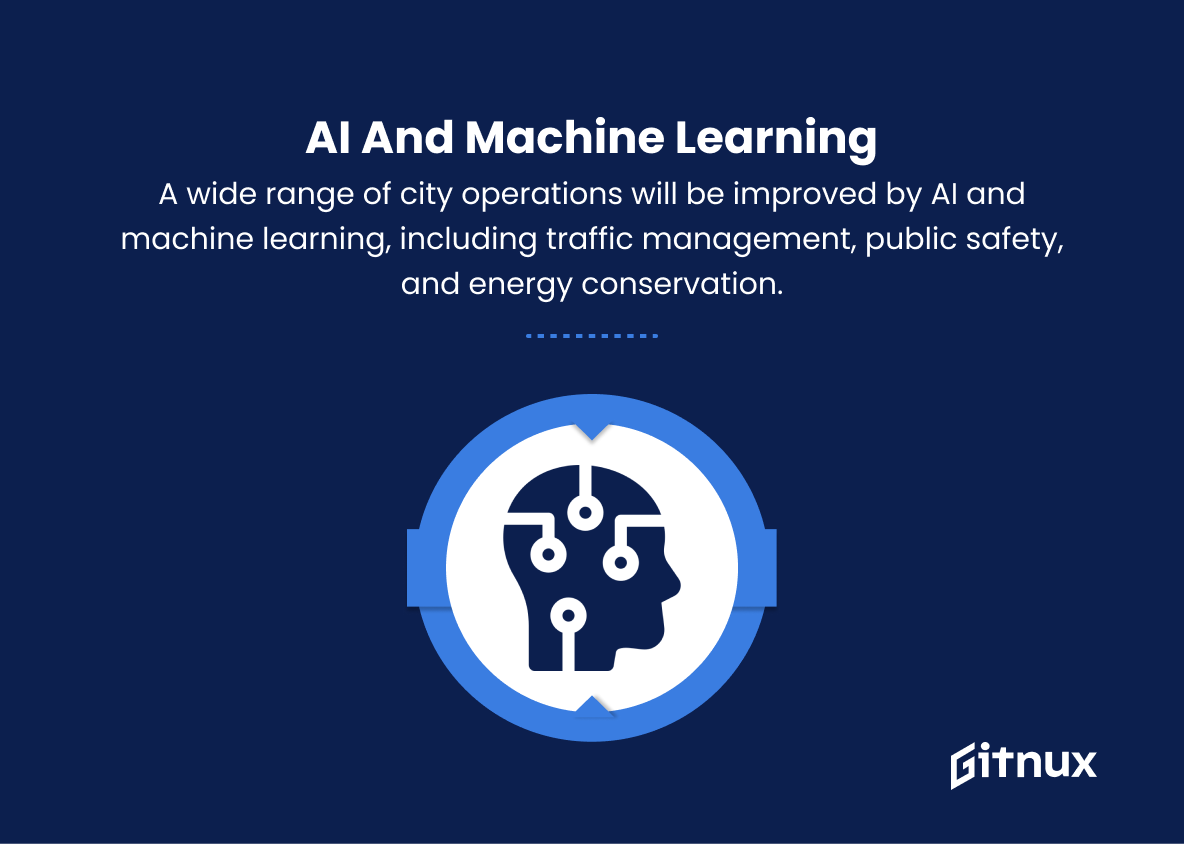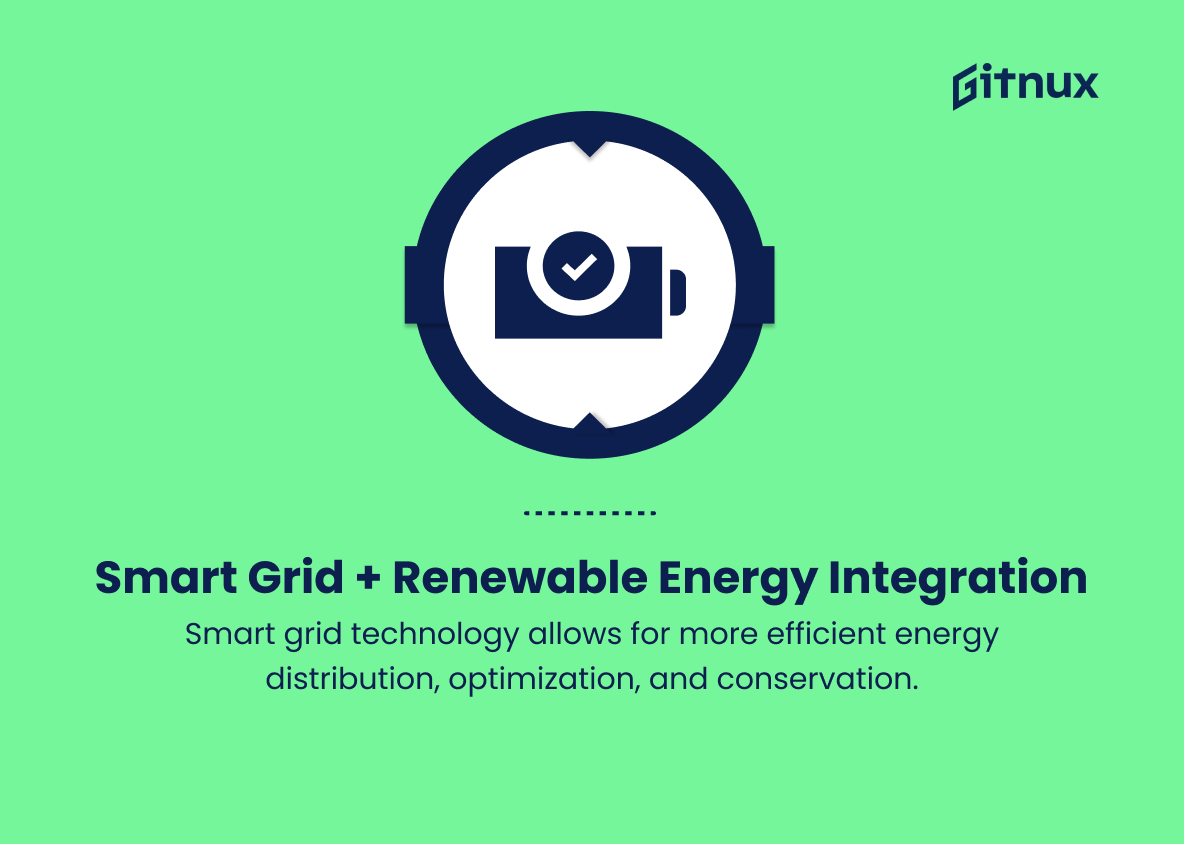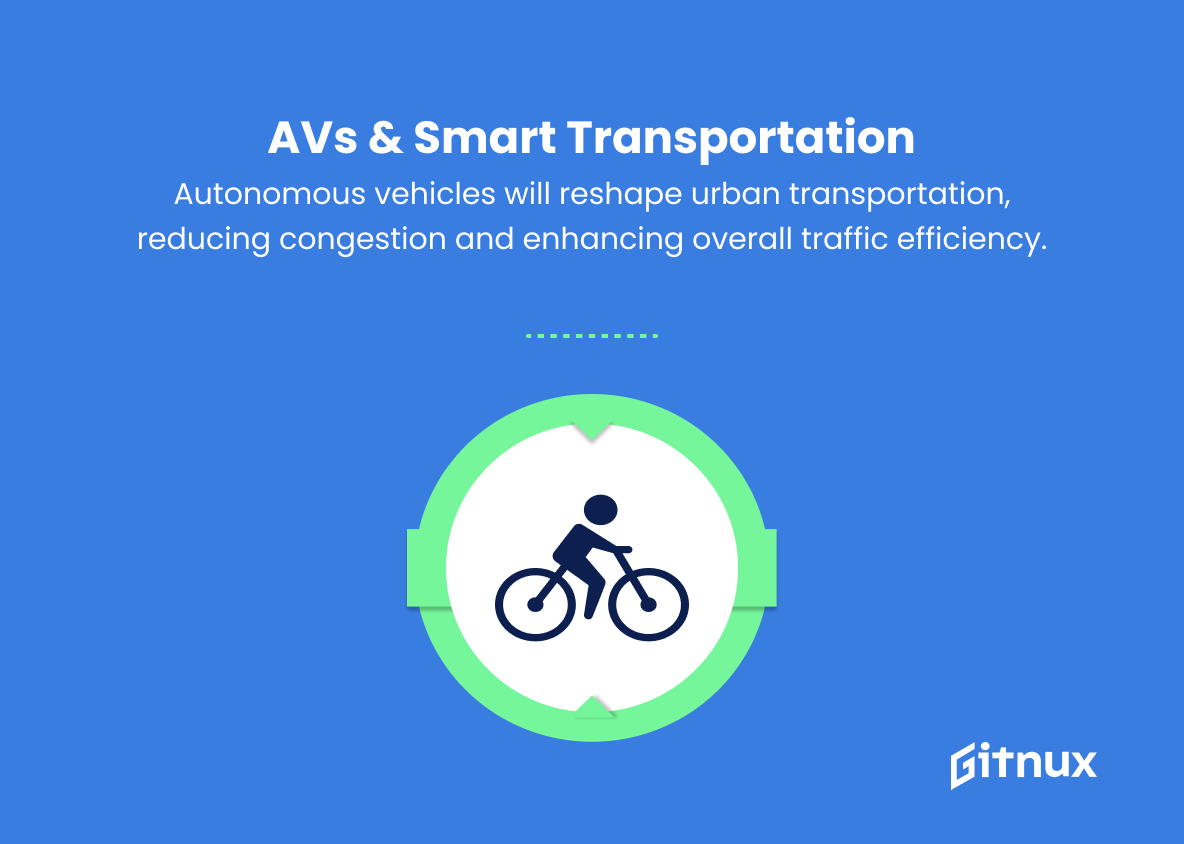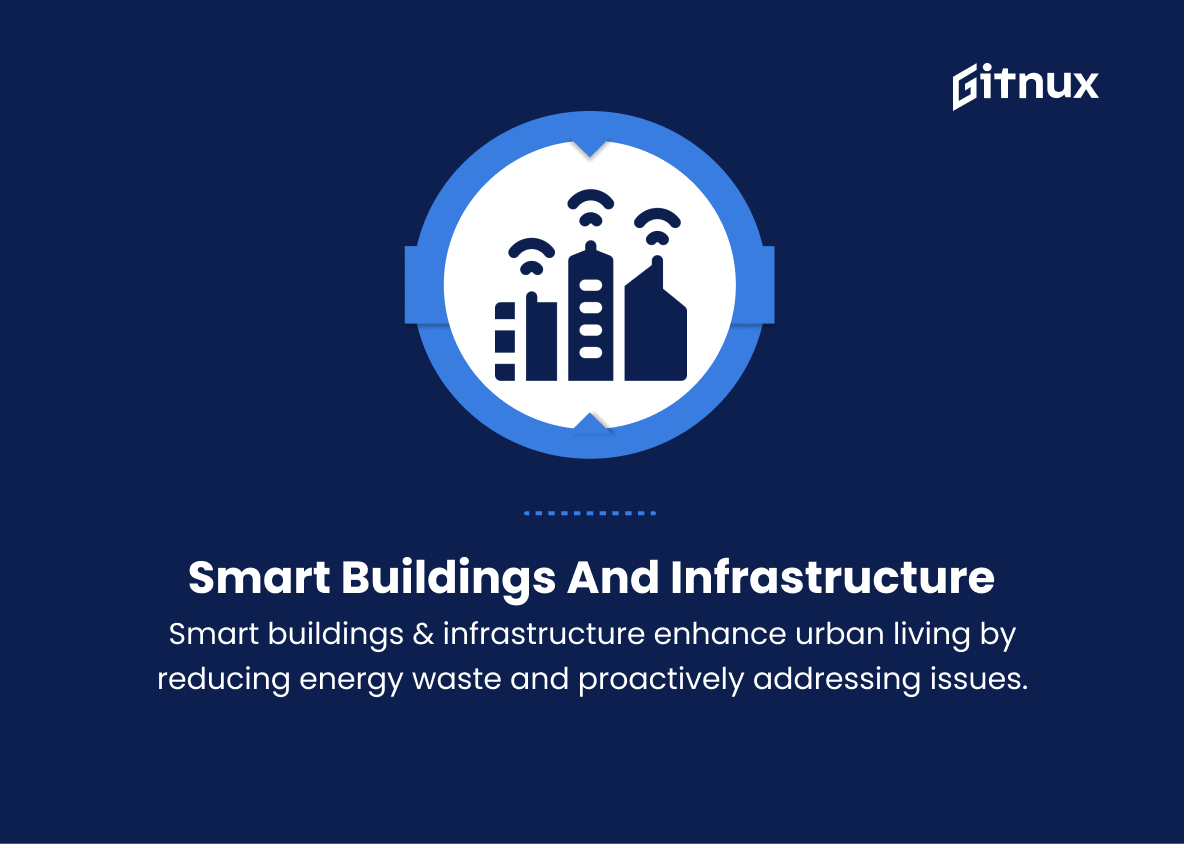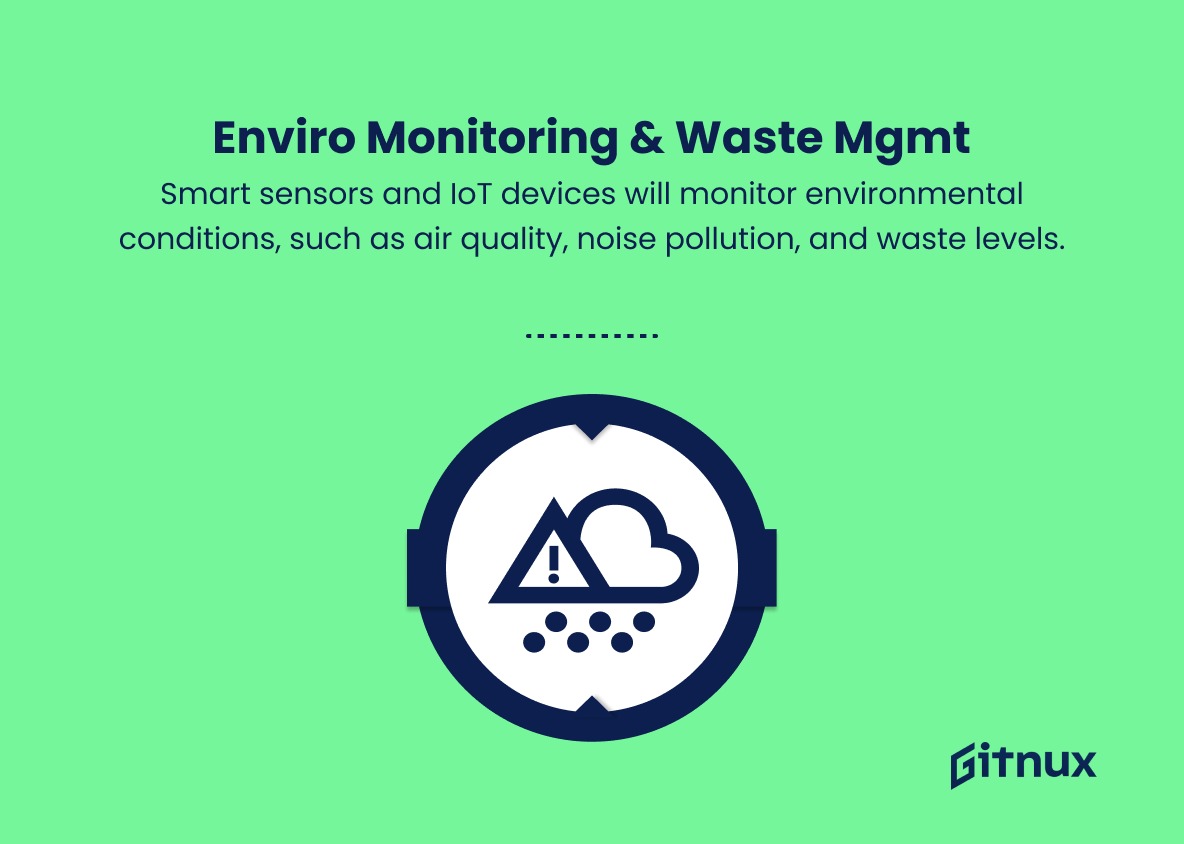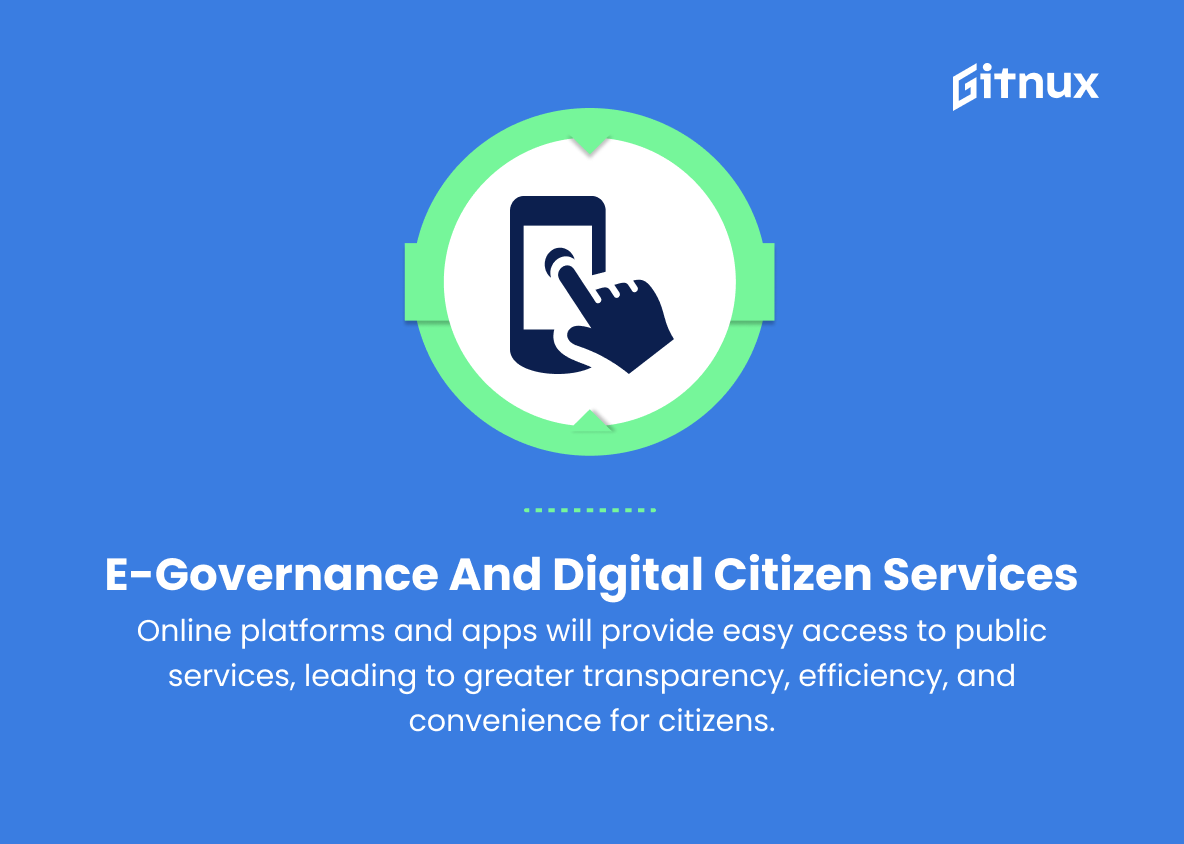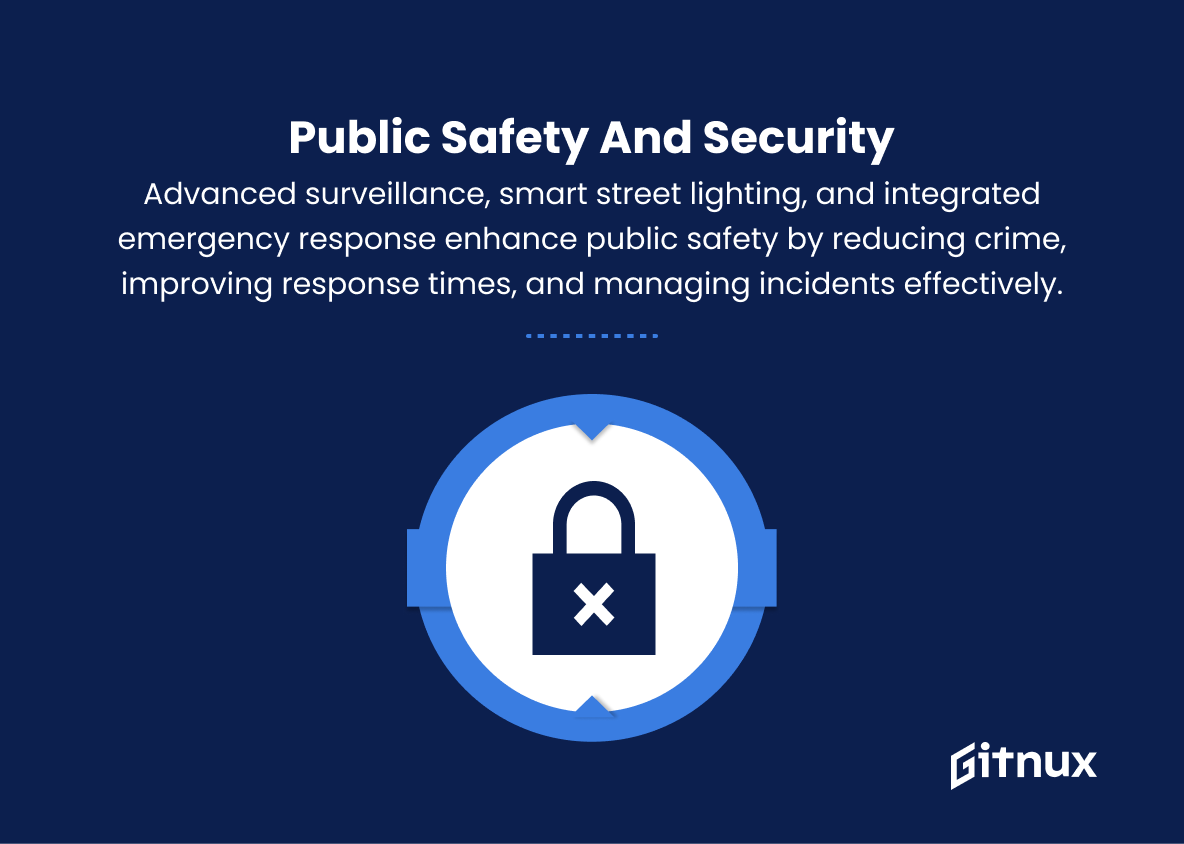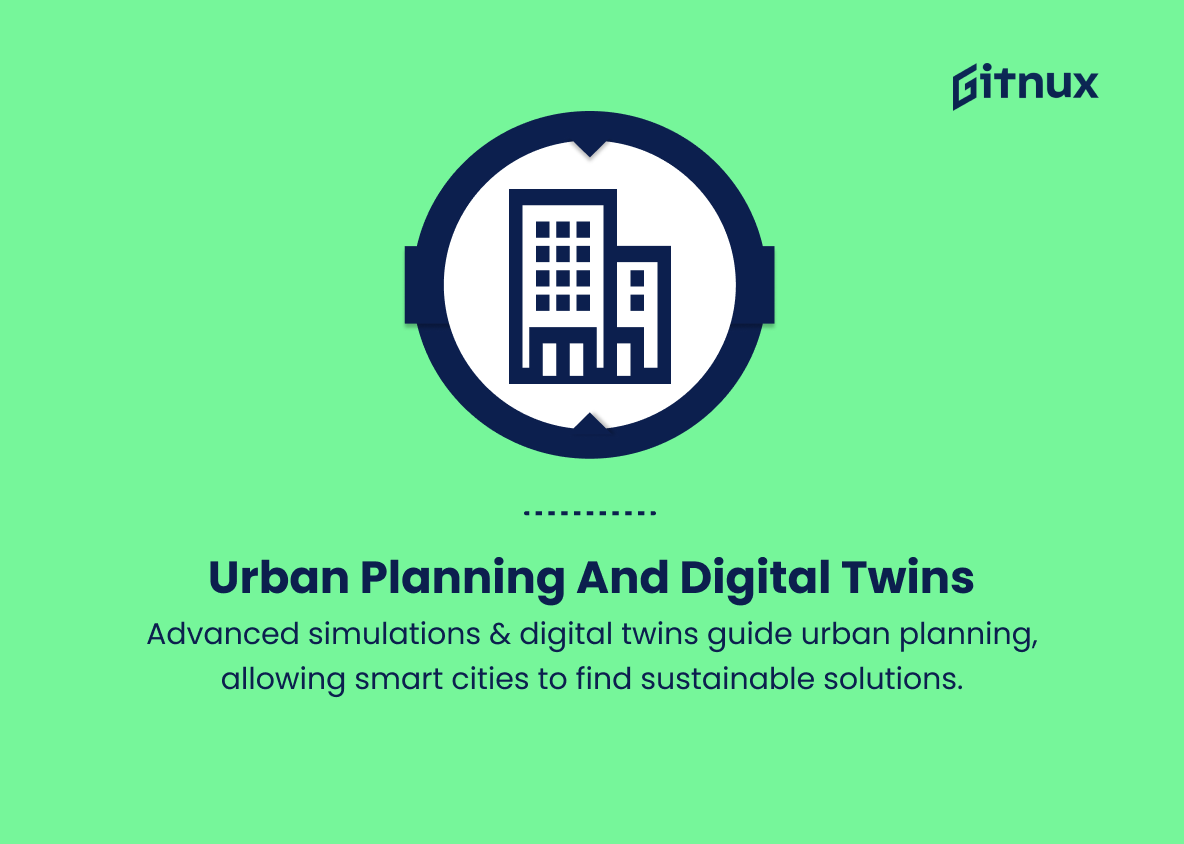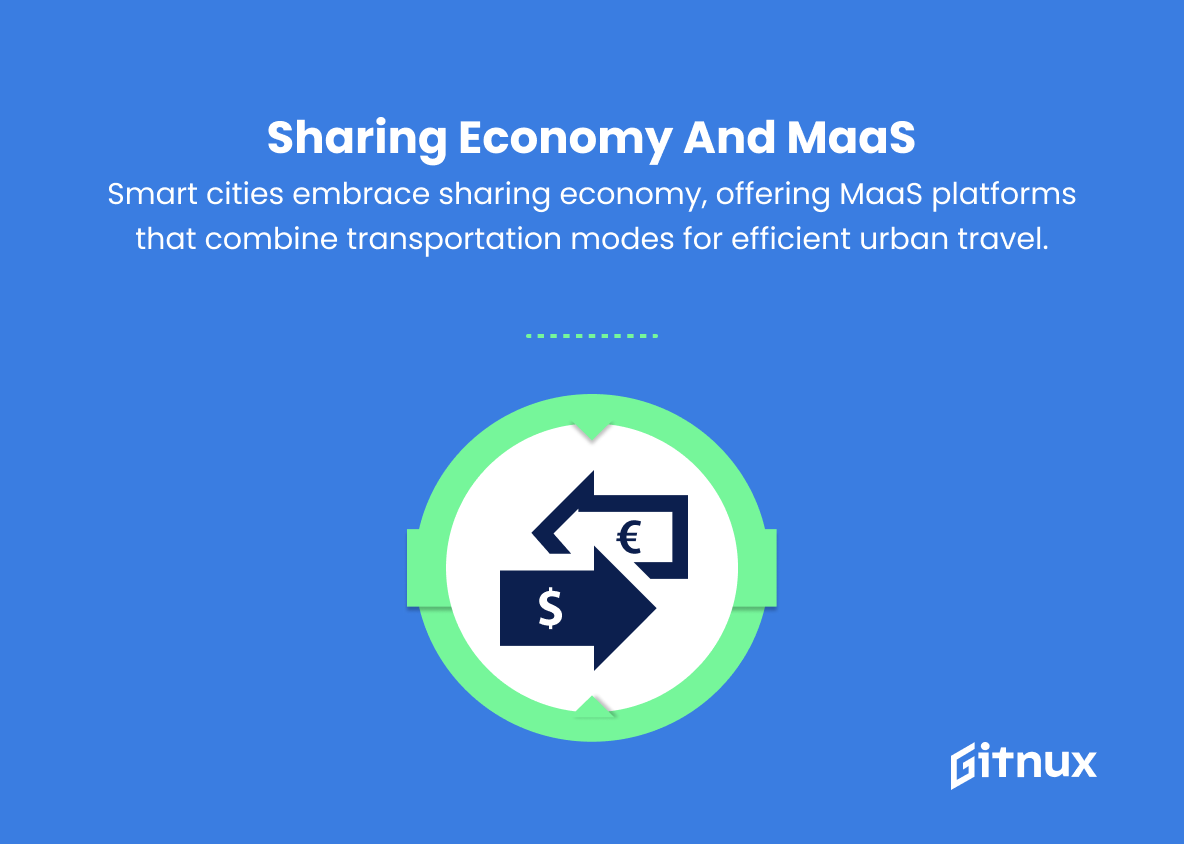As the world continues its rapid march towards urbanization, the concept of smart cities has emerged as a beacon of hope, promising to transform the way we live, work, and interact with one another.These hyper-connected urban centres leverage advanced technologies, data-driven insights, and innovative solutions to address emerging challenges and improve the quality of life for their residents.
In this blog post, we will delve into the latest smart city trends that are shaping the urban landscapes of tomorrow, highlighting the groundbreaking initiatives, key players, and potential impacts on our lives in the not-too-distant future. Join us as we embark on a journey through the ever-evolving world of digital urbanism, and explore the limitless possibilities of intelligent city design.
Top Smart City Trends
1. Internet of Things (IoT) integration
Smart cities increasingly rely on IoT technology to connect devices and systems, allowing them to share data and automate tasks for a more efficient urban environment.
2. 5G and advanced connectivity
The deployment of 5G networks will enable faster communication, lower latency, and improved connectivity, powering smart city applications such as autonomous vehicles, real-time traffic data, and smart surveillance systems.
3. Big data and data analytics
The data collected by IoT devices and sensors will be used to analyse patterns, optimize resources, and monitor infrastructure through real-time feedback, leading to better decision-making for city management.
4. Artificial intelligence and machine learning
A wide range of city operations will be improved by AI and machine learning, including traffic management, public safety, and energy conservation.
5. Smart grid and renewable energy integration
Smart grid technology allows for more efficient energy distribution, optimization, and conservation. Renewable energy sources will be integrated into power systems, leading to more sustainable urban environments.
6. Autonomous vehicles and smart transportation
Autonomous vehicles will reshape urban transportation, reducing congestion and enhancing overall traffic efficiency. Smart transportation systems will optimize traffic flow and provide dynamic traffic information.
7. Smart buildings and infrastructure
From energy-efficient construction to dynamic maintenance schedules, smart buildings and infrastructure will enhance urban living by reducing energy waste and proactively addressing issues before they become larger problems.
8. Environmental monitoring and waste management
Smart sensors and IoT devices will monitor environmental conditions, such as air quality, noise pollution, and waste levels. Efficient waste management systems will optimize collection routes and implement recycling initiatives.
9. E-governance and digital citizen services
Online platforms and apps will provide easy access to public services, leading to greater transparency, efficiency, and convenience for citizens. This will also promote civic engagement and boost collaboration between residents and local government.
10. Public safety and security
Advanced surveillance systems, intelligent street lighting, and integrated emergency response services will enhance public safety by reducing crime, improving response times, and managing incidents more effectively.
11. Urban planning and digital twins
Advanced simulations and digital twins of city models will guide urban planning and development, allowing smart cities to experiment with different scenarios and find the most sustainable solutions.
12. Sharing economy and mobility-as-a-service (MaaS)
Smart cities will embrace the sharing economy, offering MaaS platforms that combine various transportation modes, such as public transit, car-sharing, and ride-hailing, to create more efficient and sustainable urban travel.
Implications
The smart city trends of IoT integration, 5G connectivity, data analytics, AI, smart grid technology, autonomous vehicles, intelligent infrastructure, environmental monitoring, e-governance, public safety, urban planning tools, and sharing economy platforms are poised to dramatically transform urban environments.
As interconnected devices collect and share data, cities will benefit from improved resource management, faster communication, and real-time decision-making. Advanced technologies like AI and machine learning will enhance traffic management, public safety, and energy conservation, while smart grids and renewable energy integration will support sustainability efforts. Autonomous vehicles and smart transportation options will contribute to reduced congestion, and smart building design will promote energy-efficiency.
Environmental monitoring and waste management will create cleaner cities, and digital citizen services will empower residents and streamline government functions. Public safety and security innovations will create safer urban spaces, while simulation-driven urban planning and sharing economy platforms offer better transportation solutions for tomorrow’s cities. These trends will synergistically work together to create more sustainable, resilient, and liveable urban environments in the future.
Conclusion
As we delve deeper into the 21st century, the undeniable influence of technology in urban development is creating smarter, more efficient, and sustainable cities for the future. Aided by emerging trends such as the Internet of Things, artificial intelligence, and data-driven decision-making, our cities will continue to evolve and embrace the innovative solutions that arise, enhancing the overall quality of life for inhabitants.
While these advancements come with their own set of challenges, such as security and privacy concerns, the benefits far outweigh the risks. By working collaboratively, city planners, policymakers, and private entities have the opportunity to harness these smart city trends, ultimately building thriving urban ecosystems that cater to the diverse needs of their inhabitants.
Creating fully realized smart cities may present unexpected obstacles, but with proper planning, investment, and widespread adoption of emerging technologies, the cities of the future can be more connected, sustainable, and efficient than ever before.

